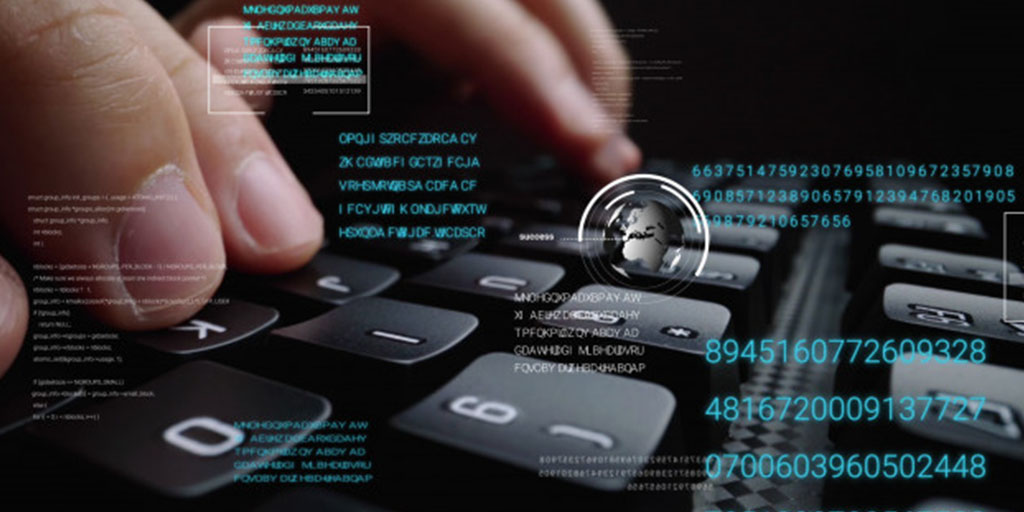
11 Sep Five Things you did not know about Keystroke logging
1. What is a keylogger?
A Keystroke logger is essentially a surveillance technology which tracks all pieces of information typed on a keyboard including but not limited to passwords, web history, conversations, and saved files. These are all personally identifiable information. This information is then saved in a log file for future reference or sent to a designated receiver. This technology has also permeated smartphones, developing another vector for vulnerability.
2. Keyloggers have many users
Keyloggers can be used for benign purposes, for instance, to ensure appropriate use of a firm’s resources and time. Parents are also using keyloggers to monitor their children’s digital activities in lieu of more overt parental controls.
As expected, keylogging can have several malicious uses as well. It can be used by third parties, government or criminal organizations to spy on your personal activity and use your personal information without your consent.
3. Keyloggers have become increasingly accessible
Keylogger software is becoming increasingly available for everyday use, meaning every individual with about $50 to spare, can spy on your online activity. This accessibility is made possible through the expertise of commercial spyware companies who market this offering for benign purposes but in reality cannot control or account for their misuse in cyber-criminal activity. Even more worrisome is the fact that these spyware companies do not have strong security mechanisms in place for the keylogging records stored by its spyware software. This means that there is an infinite amount of personally identifiable information lying around on a server for nefarious criminals to hack into.
4. Bad security practices make you vulnerable!
Keyloggers function in a similar way to viruses or malware; clicking on spam email attachments, using tainted websites and not password protecting your devices can leave you at risk of keylogging attacks.
5. You can easily protect yourself
There are a few simple measures you can undertake to protect your information:
- Install an antivirus: There is always a default antivirus software on every device. Make sure you are updated to the latest versions and research for more intensive antiviruses if you need an additional layer of security. A firewall is a must to help prevent stolen credentials from leaving the system
- Keep your system up to date: Your operating system, applications and software must always be updated. Developers regularly patch up security vulnerabilities, but it does not take much for an attacker to find a weak spot which makes updates essential.
- Make use of a password manager: Regularly updating your password can go a long way in protecting your credentials. However, keyloggers can still record your keystrokes and store your credentials. Using a password manager can mitigate this threat since they use an autofill functionality to access a specific account without needing you to re-enter that information.
- Think before you click: Always take a few seconds to think about the website or link you are accessing and the attachment you are opening. Verify that the sender is credible and known to you. If you sense suspicious activity, go with your instinct; better to be safe than sorry. When providing banking credentials, ensure that the website or server is secure.
- Partner with an IT solution provider: It is important to understand that none of these are comprehensive solutions, since there isn’t one all-encompassing key. However, there are companies such as Cyber Chasse that provide security solutions to mitigate the keylogging threat along with other Cyber Security concerns.
Keystroke logging has become commonplace; its usage though has become insidious. Individuals and organizations need to understand this phenomenon and deploy methods to safeguard themselves.




